The notions covered in this concept sheet go beyond those seen in secondary school. It is intended for those who are curious to find out more.
While the first phase of industrialization marked the beginning of large-scale industries and work with machines, the second Industrial Revolution tended to focus on new energy technologies. The world of work had already changed considerably following the first Industrial Revolution: factory work, division of labour, steam machines and so on. Society had also changed: urbanization, new means of transport, the development of a new capitalism, the emergence of new social classes, and so on. The second phase of industrialization took scientific and technological progress even further, and introduced working methods that were even more focused on efficiency and profitability.
Several areas continued to progress during this second Industrial Revolution: iron and steel, electricity and chemicals.
This was the industrial period in which new metal alloys were developed. These new alloys favoured the emergence of buildings with metal structures (enabling the construction of skyscrapers, mainly in the United States), and shipbuilding focused on metal-hulled boats (steamships became more important than sailing ships). Car manufacturing also benefited from new, more appropriate metals, as did the aeronautical industry, which was booming around the First World War.
Electricity is the result of a long process of inventions and discoveries, which began in 1800. However, at the end of the 19th century, new inventions made it possible to use this energy efficiently: the dynamo in 1871 and Edison's lamp in 1879. Electricity thus became the basis of a new technical system, changing both the way industries operated and everyday life. In 1880, for example, public lighting networks were set up in major cities such as New York, Paris and London. Electricity is the symbol of this era. It was also the star attraction at the Universal Exhibitions at the end of the 19th century.
As well as providing night lighting for city streets, electricity led to the invention of the electric motor. This latter invention made it possible to transport electric current thanks to transformers (1890) and high-voltage lines (1908). Now that electricity could be transported, towns and industries could be further away from energy sources. Furthermore, the electric motor can produce mechanical energy from an electrical supply (useful for powering machinery in factories), but it can also produce electricity from mechanical energy (useful for producing electricity through movement, e.g. hydraulic electricity).
In concrete terms, the electric motor also encouraged better organisation in factories, since it was possible to power each machine individually, unlike the complex networks of belts and gears needed to link the machines to the steam machine. Electric power therefore reduced energy loss due to belt friction, encouraged better organisation of work and increased profits for industries. In urban transport, electricity has led to numerous innovations such as the electric tramway and the electric metro. Electricity has therefore encouraged urbanization.
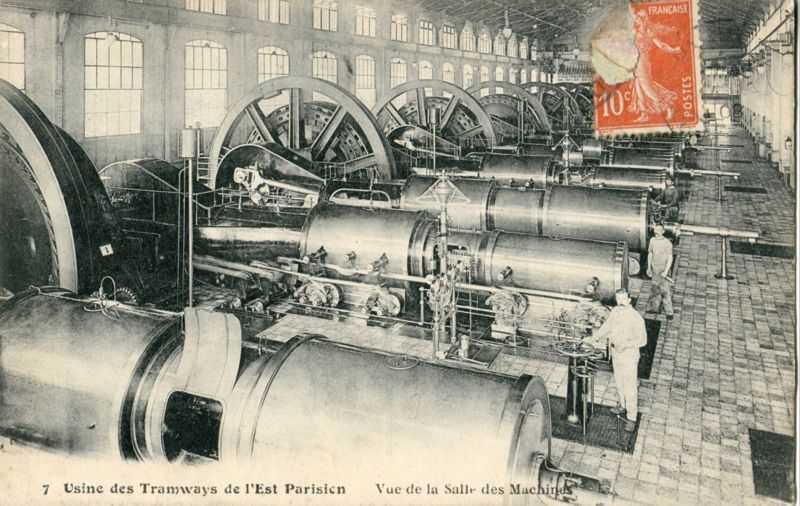
The second industrial phase also took place in the scientific sector. Several new chemical processes were developed during this period. These new processes led to the development of new types of fertiliser, explosives, synthetic dyes and plastics. Initially, research into plastics was mainly aimed at creating substitutes for materials in short supply. However, plastics were soon developed for specific uses. It was at this time, for example, that celluloid was invented. This film was used for photography and cinema.
The main innovation made possible by the development of the chemical sector was undoubtedly oil. In fact, oil was responsible for the real transport revolution that took place at the time. By the middle of the 19th century, oil had already been refined and was used for oil lighting and other by-products such as tar, petrol and solvents. Oil, like electricity transmission, encourages relocation because it is easy to transport.
It was not until the end of the 19th century that the massive extraction of oil began, and it was at the turn of the 20th century that the first prospecting campaigns took place in the Middle East. The largest oil producer was the United States, which produced 70% of the world's oil on the eve of the Second World War.
The second industrial revolution was truly the era of the automobile. Oil was more easily extracted and refined, enabling the emergence of this new type of transport. The first industrially produced car was made by Carl Benz in 1886.
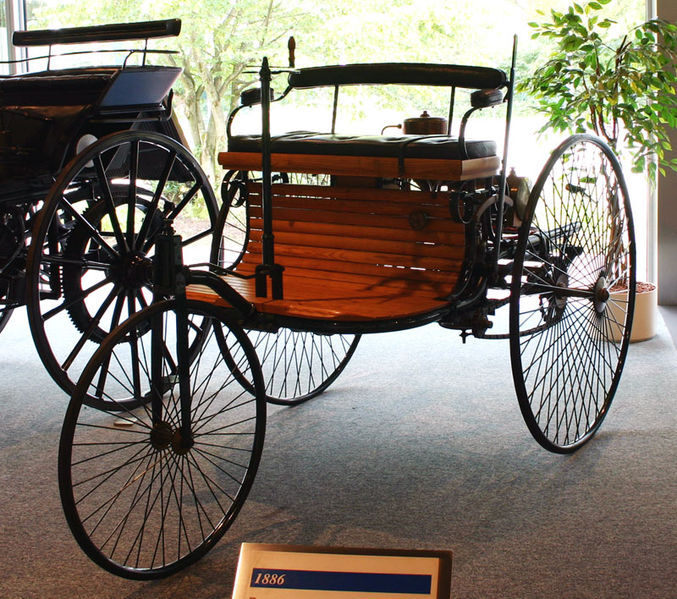
Moreover, the development of the internal combustion engine, between 1865 and 1885, was quickly put to use in cars. At the same time, many improvements were made to the cars built: greater reliability, new comfort thanks to tyres and inner tubes, the introduction of a braking system and the installation of a synchronised gearbox.
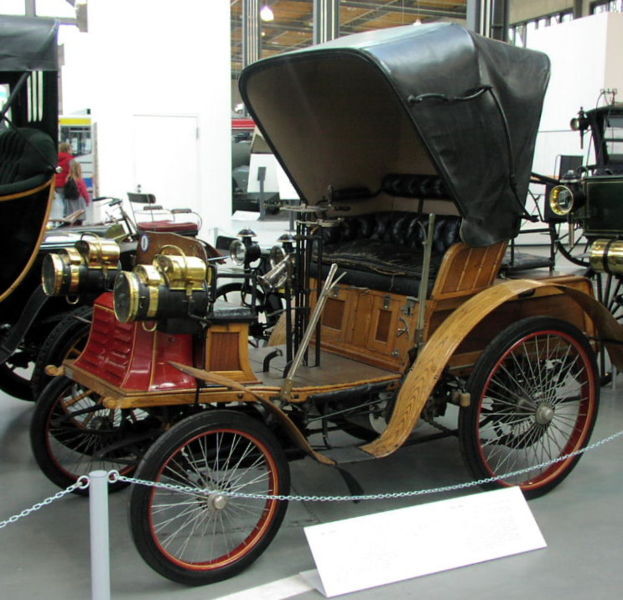
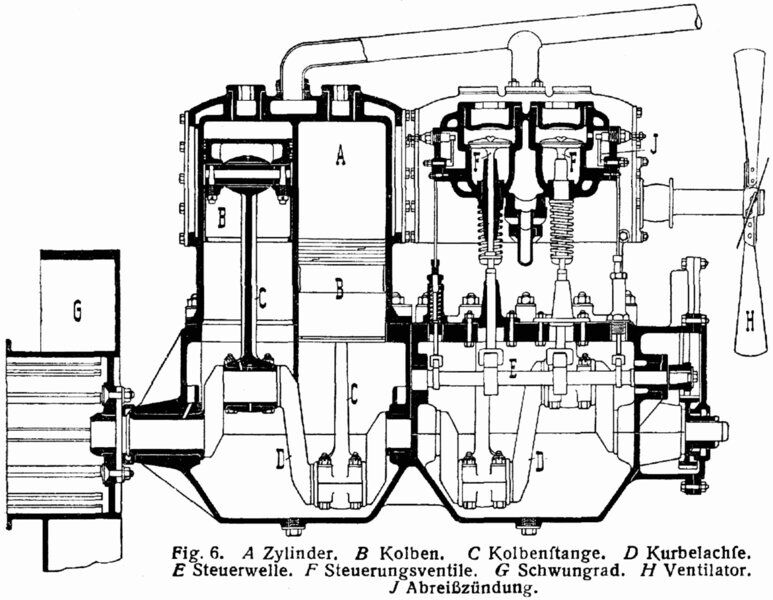
It was also the car industry that influenced factory working methods. Thanks to Taylor ‘s ideas and Ford’s assembly line, mass production of cars was possible. In addition, the assembly line ensured product standardisation. The assembly line principle was soon applied to other factories: shoes, watches, razors, etc. Supply kept demand constant: this was the beginning of the consumer era and the rise of commercial services, including advertising.
In addition to metal hulls, maritime transport benefited from the construction of two canals to facilitate long sea voyages: the Suez Canal in 1869 and the Panama Canal in 1914.
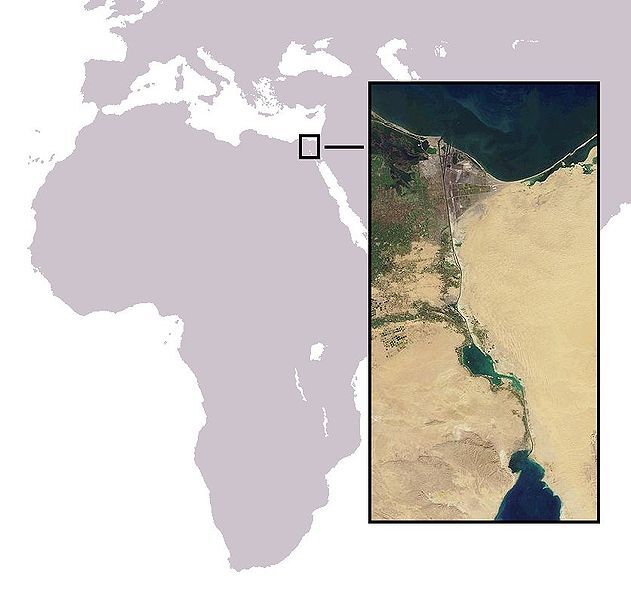
As the rural exodus continued, a large number of public transport services were set up to make it easier for city dwellers to get around the ever-larger towns and cities. That's why every major city had its own omnibus, tram or metro.